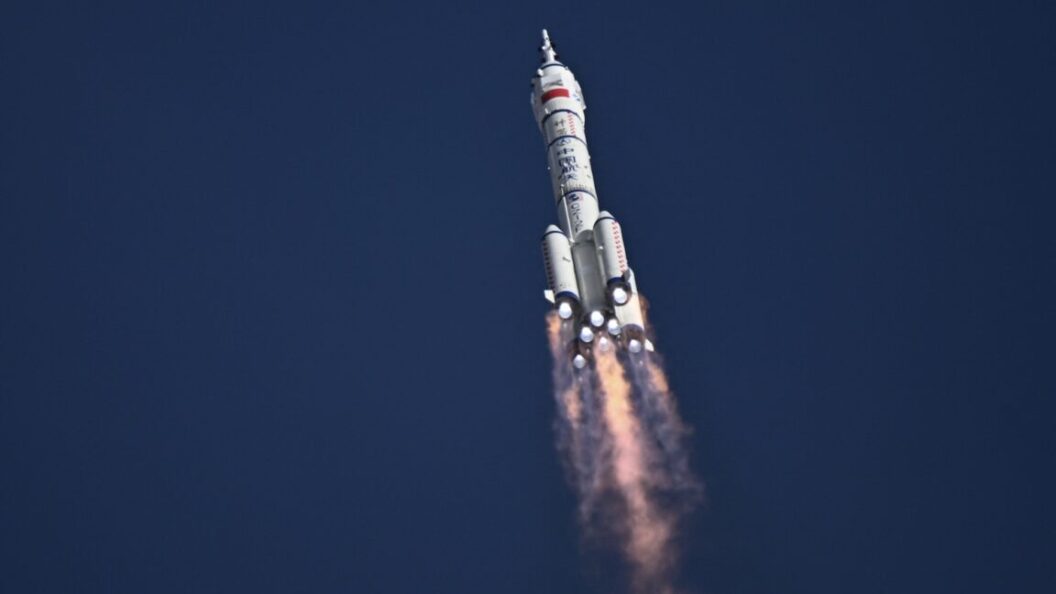SpaceX Resupplies the ISS Amidst Launch Challenges
SpaceX has successfully completed an important resupply mission to the International Space Station (ISS), delivering critical supplies and scientific experiments. The uncrewed Cargo Dragon spacecraft launched early Monday, docked at the ISS on Tuesday, and delivered 4,780 pounds (2,168 kilograms) of pressurized cargo and 1,653 pounds (750 kilograms) of unpressurized payloads. This mission, designated as the 32nd cargo flight by SpaceX, became more significant following the cancellation of a planned supply flight by Northrop Grumman’s Cygnus after a transportation incident damaged the cargo module.
Mission Details and Unique Cargo
This resupply mission included a range of materials necessary for operations aboard the ISS. Among the more mundane items were 1,262 tortillas for the astronauts, alongside biomedical experiments and pharmaceutical supplies. Notably, the payload also featured a technical demonstration of a new atomic clock. However, a mysterious component of the mission has raised eyebrows. A payload known as STP-H10, intended for installation on the ISS as part of the US military’s Space Test Program, was kept discreet. This payload was not highlighted in NASA’s mission press kit and was absent from public visuals typically associated with Dragon’s launch. Despite the unclassified status of STP-H10, both NASA and SpaceX have refrained from commenting on its specifics, a departure from past transparency regarding similar experiments.
Challenges of Rideshare Missions
In addition to the ISS resupply, SpaceX also launched its third “Bandwagon” rideshare mission from Cape Canaveral Space Force Station. This mission carried various payloads, including a South Korean military radar spy satellite and a commercial weather satellite. The most intriguing being an experimental reentry vehicle from German startup Atmos Space Cargo. The company’s innovative vehicle, called Phoenix, is designed with an inflatable heat shield. However, due to operational changes initiated by SpaceX, the Phoenix was unable to be recovered after splashdown in the South Atlantic Ocean, nearly 1,200 miles (2,000 kilometers) from Brazil.
The change in trajectory for the launch, attributed to operational constraints related to the primary payload, left Atmos with no control over essential mission parameters. Although rideshare missions significantly reduce launch costs, smaller payload owners often face trade-offs, such as a lack of influence on launch schedules or trajectories. Consequently, this mission’s trajectory change necessitated adjustments to communication strategies and recovery planning for the Phoenix vehicle.
Complexity of Tracking and Data Collection
Atmos Space Cargo had prepared for potential challenges by establishing new ground stations in South America to maintain communication with Phoenix during critical phases of flight. However, due to the splashdown location, they were unable to physically recover the vehicle, presenting significant challenges in data retrieval. Reports indicated that the heat shield inflated successfully during reentry, but additional analysis is required for a complete assessment. Atmos’s CEO remarked that data acquisition from Phoenix had been particularly difficult during the final flight stages due to distance limitations from ground stations.
Significance of the Missions
Both the resupply mission to the ISS and the rideshare launch underscore the growing complexity and interdependence of space operations. SpaceX’s ability to adapt and respond to the cancellation of the Cygnus mission illustrates its critical role in maintaining supply chains for the ISS, ensuring that astronauts have the necessary resources for ongoing experiments and daily life in space. Simultaneously, the challenges faced by Atmos Space Cargo highlight the inherent risks and logistical complications associated with rideshare launches. As the demand for accessible space transport grows, the ability to navigate these difficulties will be vital for new entrants in the aerospace industry.
The recent missions also bring to the forefront discussions about national security implications of military payloads and the necessity of transparency in space operations. While innovative technologies hint at rapid advancements in space exploration, the collaboration between commercial enterprises and government entities will play a key role in shaping the future of space travel and research.









